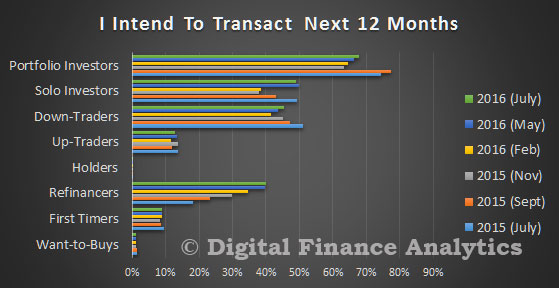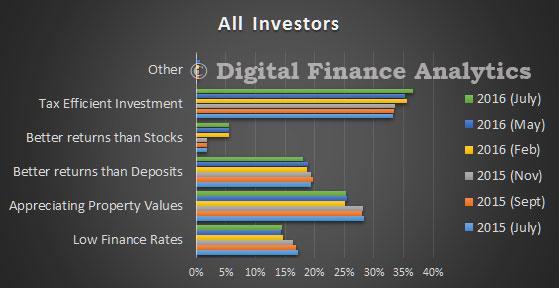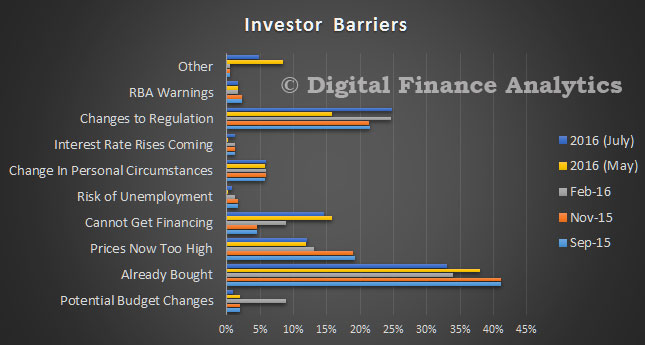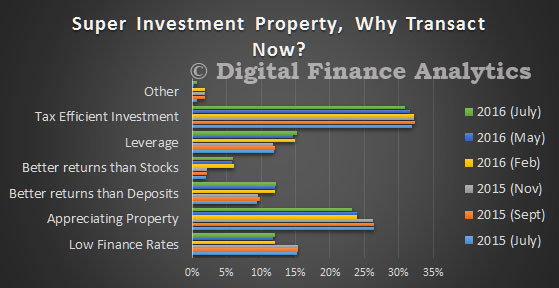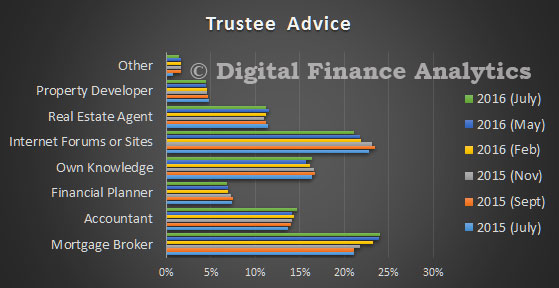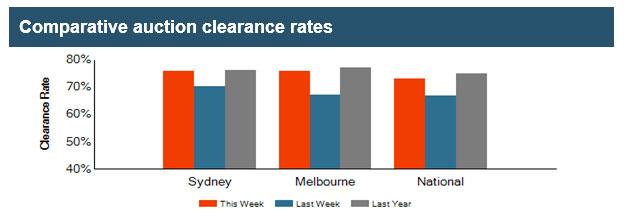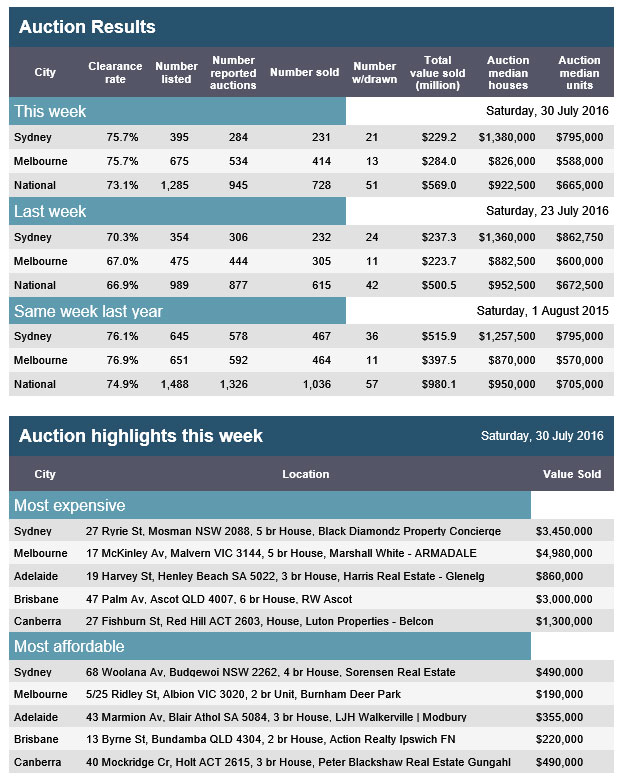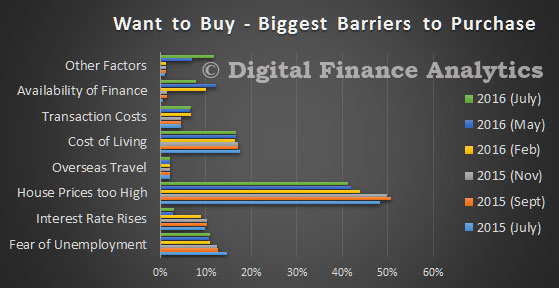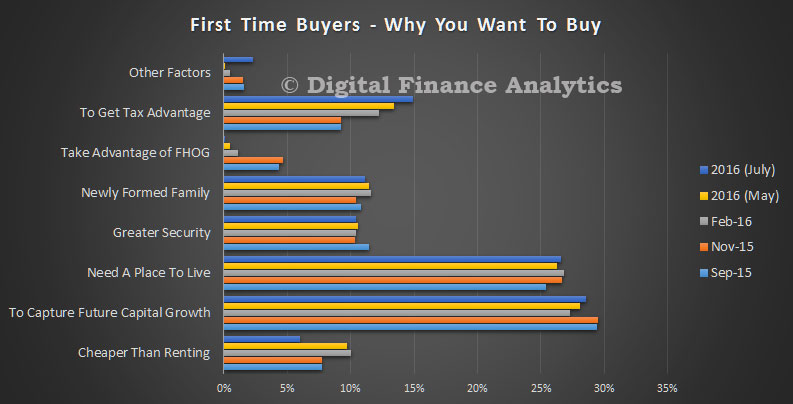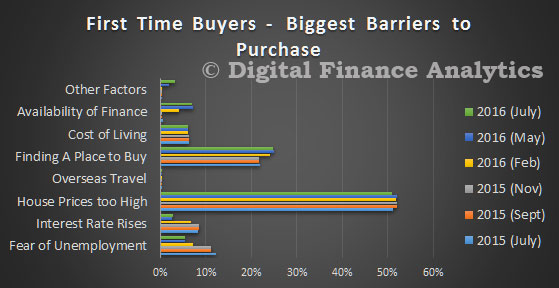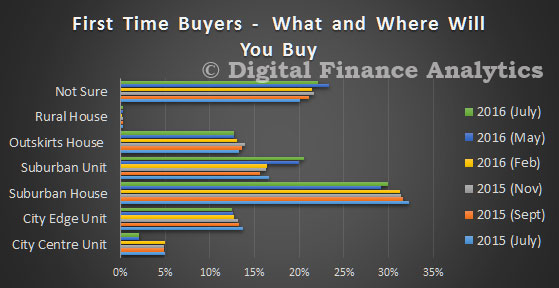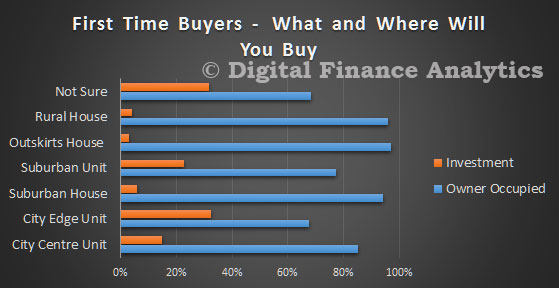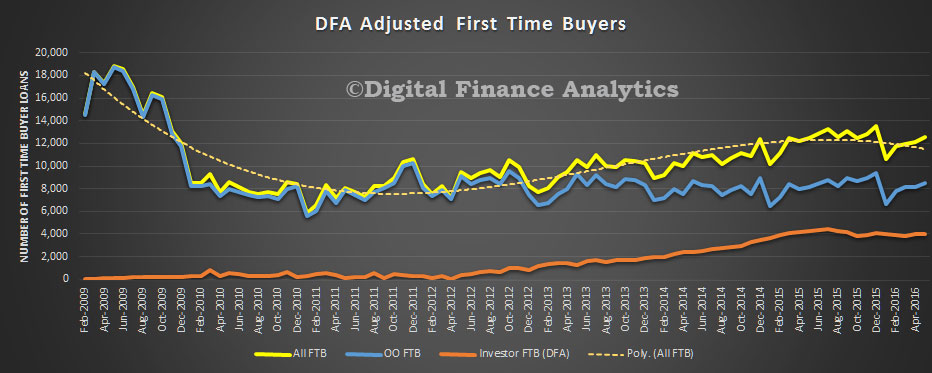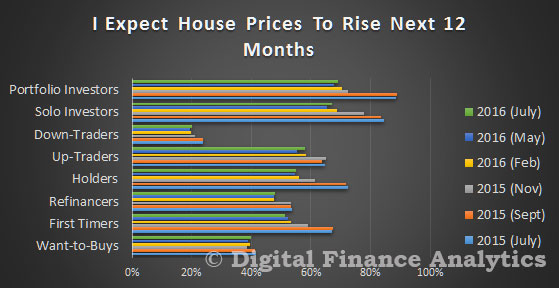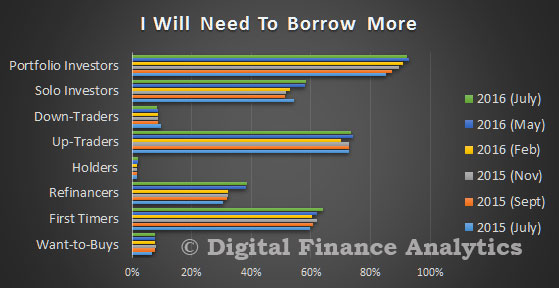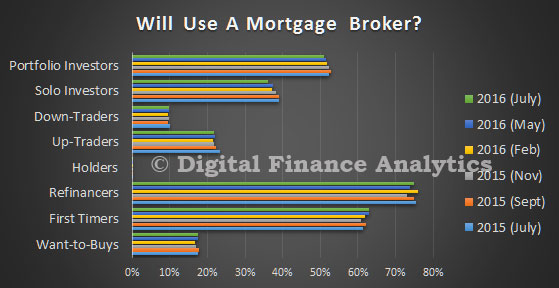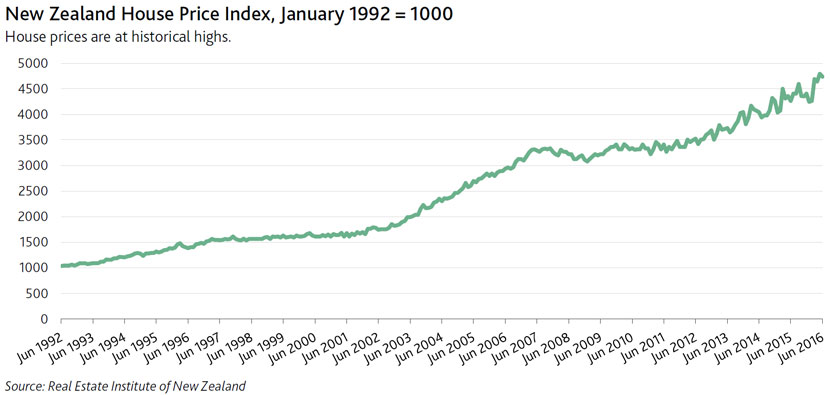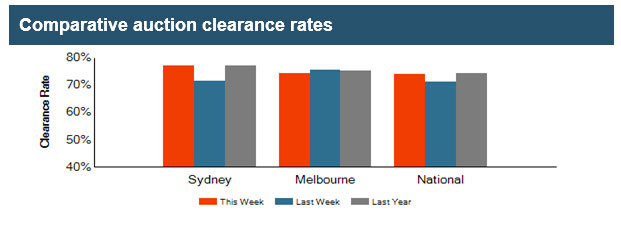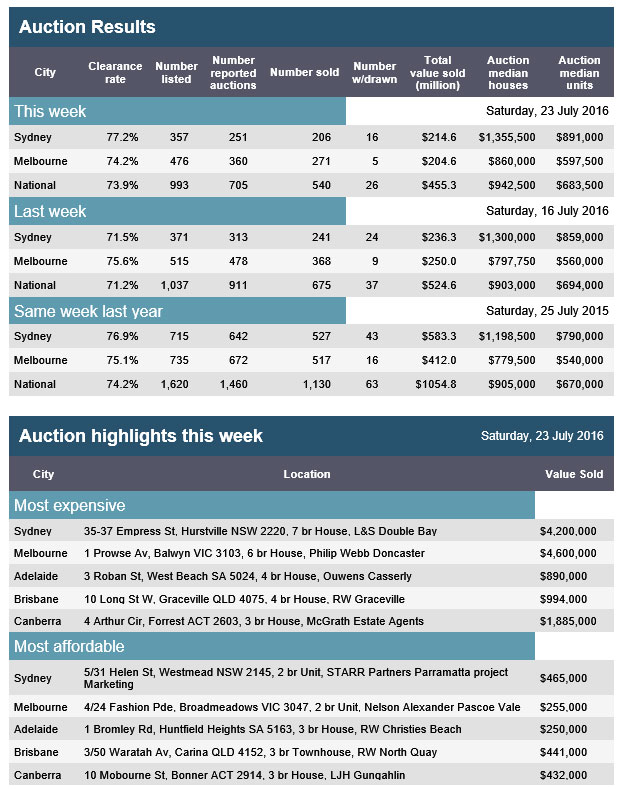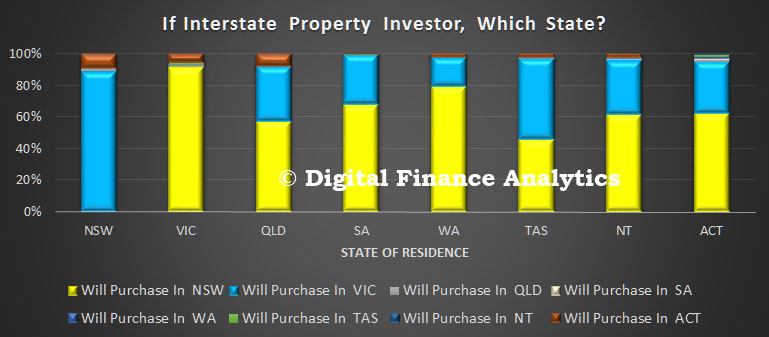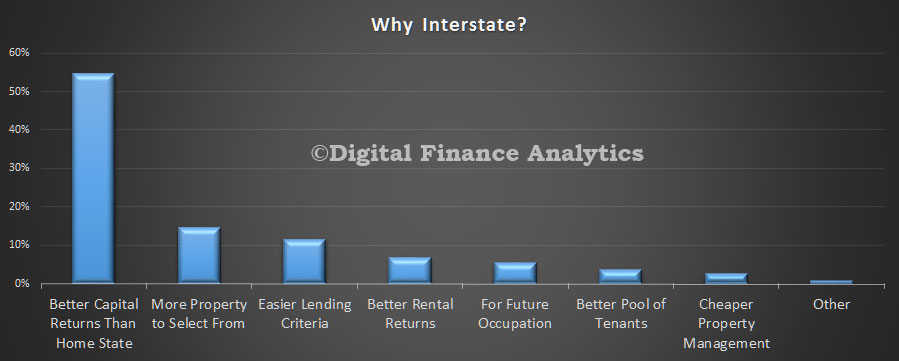Sydney’s property auctions make great conversation starters at barbecues because even with the peak of this cycle behind us, the embers burn on. For example, this past week saw 206 sales on 253 auctions for a clearance rate of 76%, according to Domain Group.
The result marked the third week in a row Sydney’s had a clearance rate of at least 75%, a buoyant level of buyer interest despite it being winter.
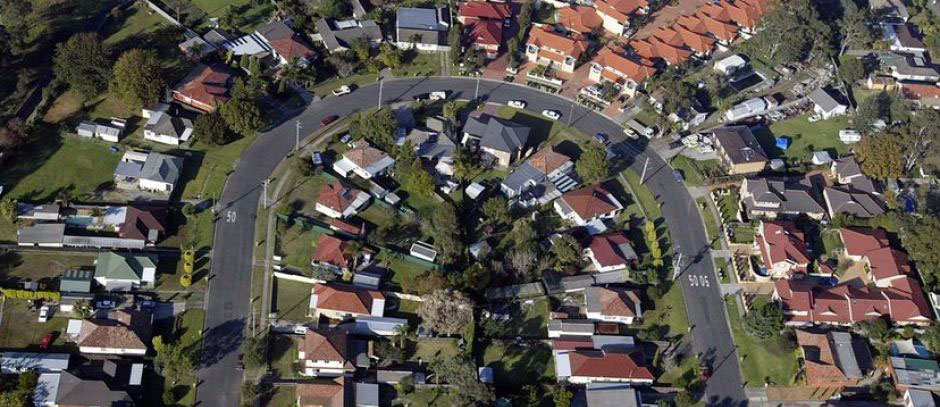 City wide numbers can be misconstrued in a big city like Sydney, however, where auction results tend to differ between east, west, north and south. For instance, in the last decade or so, there’s been a shift by affluent couples and families toward the city’s inner west and this has seen rapid price growth in suburbs like Haberfield and Concord.
City wide numbers can be misconstrued in a big city like Sydney, however, where auction results tend to differ between east, west, north and south. For instance, in the last decade or so, there’s been a shift by affluent couples and families toward the city’s inner west and this has seen rapid price growth in suburbs like Haberfield and Concord.
The median house price in both Concord and Haberfield is $1.9m, according to REA Group, which is very high when you consider that the median auction price across the city is usually around $1.1 – $1.2m, as per Domain’s numbers.
Similarly, the upper north is increasingly popular among young families due to schools in the area. This heightened competition is helping fuel capital growth in suburbs where prices were once deemed affordable.
For example, the median house price in St Ives, about 20 kilometres from the CBD, is now $1.75m, almost 100% higher than it was in 2006, as per CoreLogic RP Data. So understanding the popularity of certain pockets like this is crucial to putting those broader numbers in context.
Not enough to go around
Take Corelogic RP Data’s break down of Sydney auctions by sub-region a fortnight ago. It showed that sales rates were strongest in Blacktown (90%), the City and Inner South (87%), Eastern Suburbs (82%), North Sydney and Hornsby (84%), Northern Beaches (91%), Ryde (87%) and Sutherland (89.5%).
All are much higher than the overall clearance rate of 75% and suggest a very distinct problem for Sydney: there simply aren’t enough houses to meet demand where people want to live. It’s a situation that’s inflating median prices and creating a sense of urgency among prospective buyers.
Current listing figures support this. For example, new listings in the month to July 10 were 5,148, down 33% on 12 months ago, CoreLogic RP Data reports. Total listings of 19,087 are down 10% on 12 months ago. Keep in mind that a new listing is one that’s not been advertised for sale over the past six months, while total listings include new listings and properties that have been previously advertised.
Buyers’ agent at Rose and Jones, Stuart Jones says that supply is generally 25 to 35% lower than the same time last year, depending on property type.
He notes that home ownership and rental demand for quality property is particularly high in suburbs within three to five kilometres of the CBD, mostly due to proximity to trains and ferries, schools, hospitals, workplaces and a variety of lifestyle amenities.
“Persistent high prices have primarily been driven by a chronic short supply of quality property in the established markets, that is older suburbs with higher barriers to entry for new supply,” says Jones.
“There are still investors left over from the top of the lending cycle who are finance approved and chasing quality assets. As a result, there is still buyer depth from existing and new entrants in these core markets.”
Jones says that challenges in global markets like stocks and bonds are also helping turn many investors to property.
Cheap money
Of course, many other buyers are simply lured by the idea that getting a home loan has never been easier.
CoreLogic RP Data’s head of research, Tim Lawless says that ongoing growth has been helped by the cheaper cost of mortgages, which has come about with record low interest rates over the last few years (1.75% as of July).
“The challenge for policy makers and regulators will be to ensure lower mortgage rates don’t refuel a higher rate of growth in the Sydney and Melbourne housing markets where affordability is already stretched and rental yields are pushing to new record lows each month,” says Lawless.
While affordability is really a relative term, it bears significant meaning in Sydney, often at those aforementioned barbecues. After all, a median auction price of $1.2m might be considered affordable by some, especially in a city where $2m and $3m price tags have become so normal.


